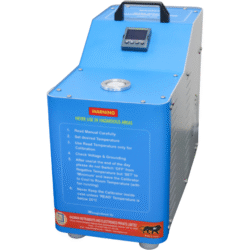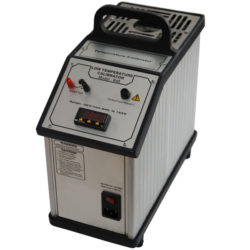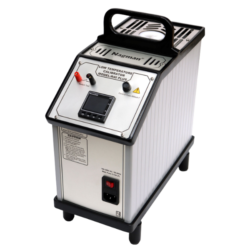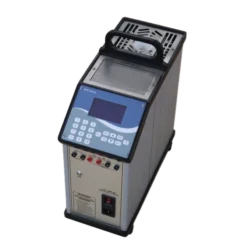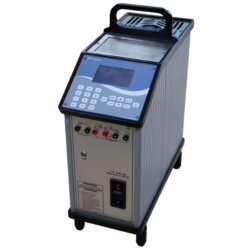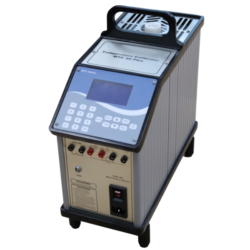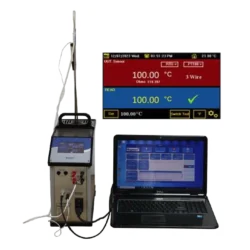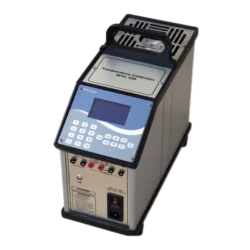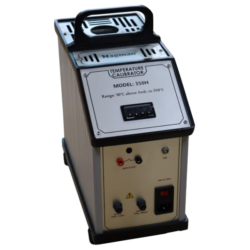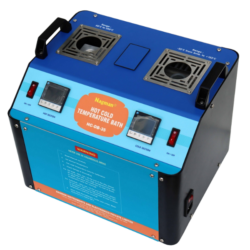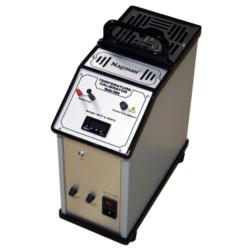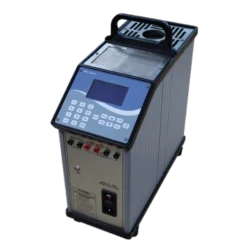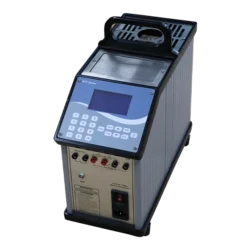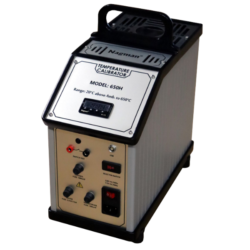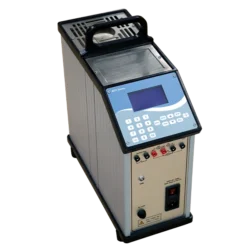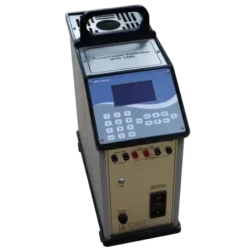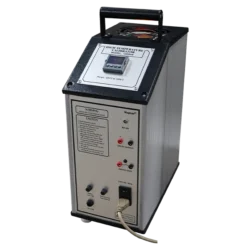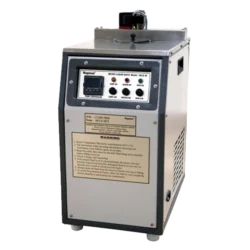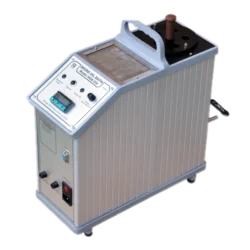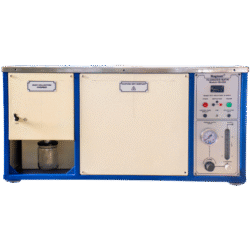Dry Block Temperature Calibrators
Dry Block calibrators are used for the most accurate calibration of temperature devices. Ideal for quick/fast Site Calibration of RTDS / Bi Metal Thermometers, Temperature Switches / Indicators, etc. in Industrial & Marine Applications. Dry block calibrators can be used for a wide range of temperatures, from – 100°c to over 1500°c. Nagman hosts a range of calibrators that are Stable, portable, heavy-duty and budget-friendly.
Why Choose a Dry Block Calibrator?
A dry block calibrator is a crucial tool when precise temperature measurement is required. These devices use a solid metal block that heats and cools rapidly and evenly, allowing temperature sensors to be tested without the mess or danger of liquid baths. Their compact and portable design makes them suitable for both field and laboratory use, saving time and decreasing downtime during maintenance.
They are instrumental in industries such as pharmaceuticals, oil and gas, maritime, and food processing, where equipment calibration must meet stringent requirements. A dry block temperature calibrator provides unrivalled reliability, whether you’re testing sensors on-site or validating instruments in a lab.
Features and Benefits of Dry Block Temperature Calibrators
Modern dry block temperature calibrators have advanced features including digital displays, programmable temperature settings, and integration with automation systems. These features simplify the calibration process, improve accuracy, and make integration into current workflows easier.
Dry block calibrators are designed for efficiency. They heat up and stabilise quickly, provide excellent thermal uniformity, and can accept a variety of sensor types. Most importantly, they reduce the hazards associated with conventional liquid baths, such as spillage, contamination, and cleanup time.
Choosing the proper model is determined by your calibration requirements, which include temperature range, accuracy, and portability. With a dependable dry block calibrator, you can maintain consistent performance, meet quality standards, and extend the life of your vital temperature-measuring instruments.



